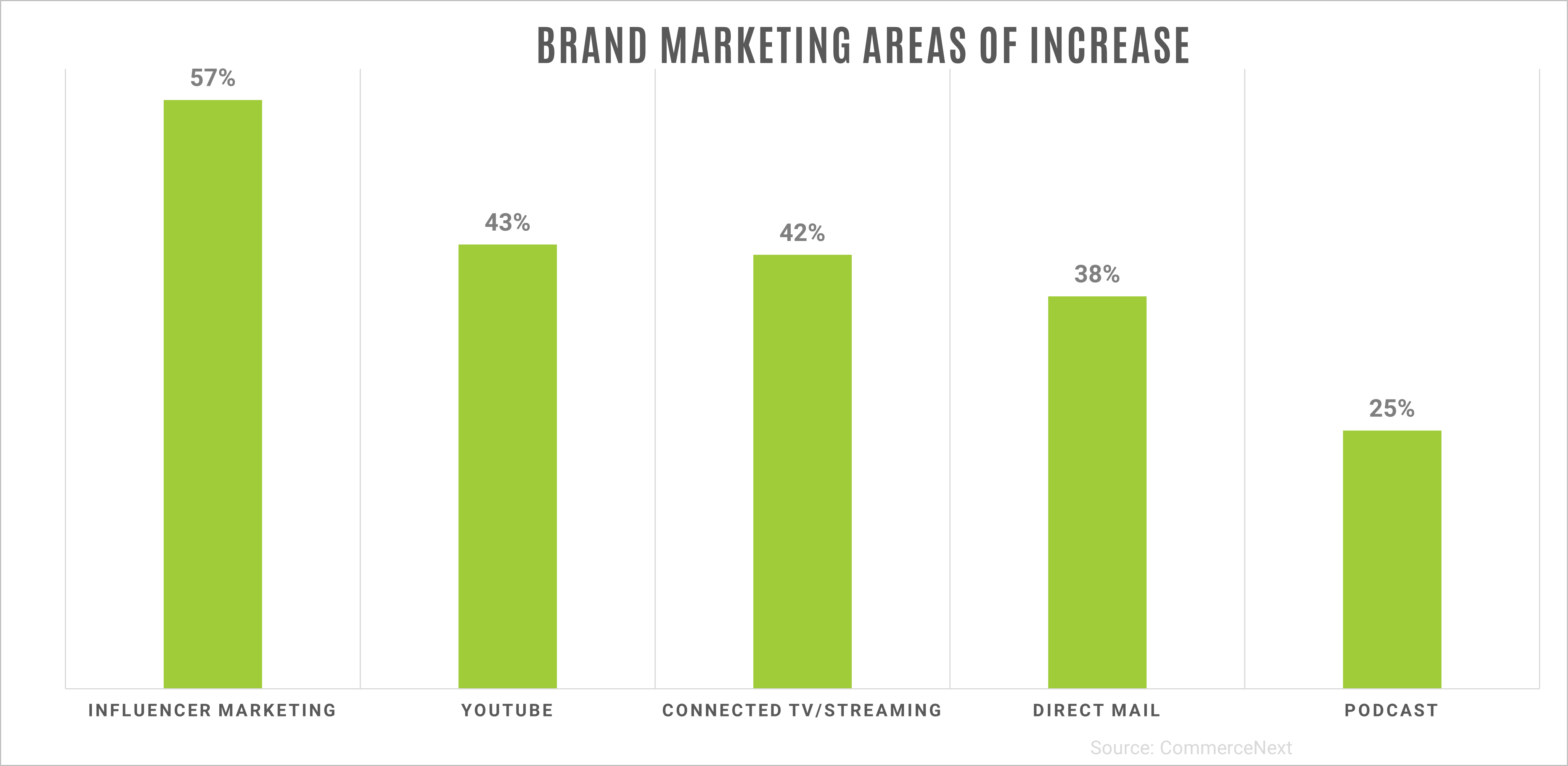Buzzworthy Insights -Path to Purchase
Customer Acquisition Study
The diversification of marketing techniques has fully begun. According to a CommerceNext survey, retailers are becoming less optimistic in traditional methods, the main reason being rising customer acquisition costs (61%), followed by finding and retaining top talent (46%). In terms of challenges to new diversification, advertising beyond Meta and Google is the top concern (45%), followed by measuring attribution (43%), and justifying investments in hard-to-measure campaigns (37%). The new avenue that is grabbing retailer attention, TikTok, as 69% of brands plan to invest more on the platform. (View source)

Path to Purchase
Customer acquisition has taken a very diversified path that has retailers investing in many new endeavors but when it comes to Gen – Z and millennials, their path to purchase will require a vast omnichannel experience. According to a Verint Experience report, nearly 36% of Gen – Z and millennial customers prefer to visit stores when interacting with retailers, compared to 66% of shoppers 57 and older. While Gen – Zers and millennials don’t tend to visit stores, 51% make purchases via BOPIS or curbside pick-up, additionally, 75% use at least one digital resource (ratings websites, social media, etc.) to help inform their purchasing decision. (View source)
Back to School
Deloitte has released their Back-to-School survey with one major prediction, it will be an all-time high, reaching $34.4 billion, approximately $661 per K-12 student. Spending is set to focus more on clothing (up 18%), school supplies (up 7%), while technology spending is set to decline 8%. In-store shopping is set to account for 49% of overall back-to-school spend, while digital spending is decreasing to 35%. When it comes to college, the expected spend is $28.3 billion, approximately $1,600 per student. Technology spend is continually increasing (up 22%), outpacing household appliance and supplies (up 12%), clothing (up 10%), while dorm or apartment furniture and supplies decreased 15%. Parents are becoming more digitally savy, 59% will use smartphones for their back-to-school shopping, 30% will use social media, and 44% will use emerging technology. Families across the board are concerned about their child’s mental wellness, 36% parents will spend on products or services to address these issues. (View source)
The Power of Delivery
Delivery is becoming more and more powerful as a customer retention method. According to a FarEye survey, 85% of consumers will not shop with a retailer again after having a poor delivery experience, and 86% prefer to wait no more than three days for a delivery. Additionally, 88% may abandon their online shopping cart if delivery terms are poor (slow delivery, high costs, etc.). A positive delivery experience was noted to include a fast delivery (36%), low shipping costs (34%), and/or delivery tracking/visibility (28%). FarEye offers a “mandate” in order to fundamentally change order delivery and return – dramatically simplifying delivery logistics, ensure accurate on-time deliveries, create new differentiated offerings that reflect buying behaviors, and continually reduce environmental impact from deliveries. (View source)
ROI of Personalization Techniques
Personalization techniques are seeing large increases in ROI. According to a study by Forrester consulting on Bluecore’s personalization technology, brands can see a 3X increase in ecommerce revenue. When leveraging their technology, brands see a total ROI up to 538% through increases in ecommerce revenue, improvement of the shopper experience, an increase in speed and agility of campaigns, and improved efficiency of digital spend and workflows across channels. The study highlights a brand working with Bluecore that increased one-time buyers to multi-time buyers by 22.5%, increased average order value by 21%, and increased the number of active customers from 5 million to 7.3 million – doing so while moving 90% faster with marketing campaigns and seeing a 50% increase in digital budget efficiency. (View source)
Thanks for reading!
Follow the latest industry trends with insights straight from our experts: BDS Marketing Blog.


